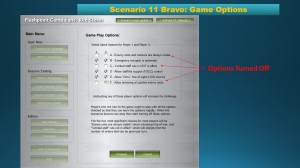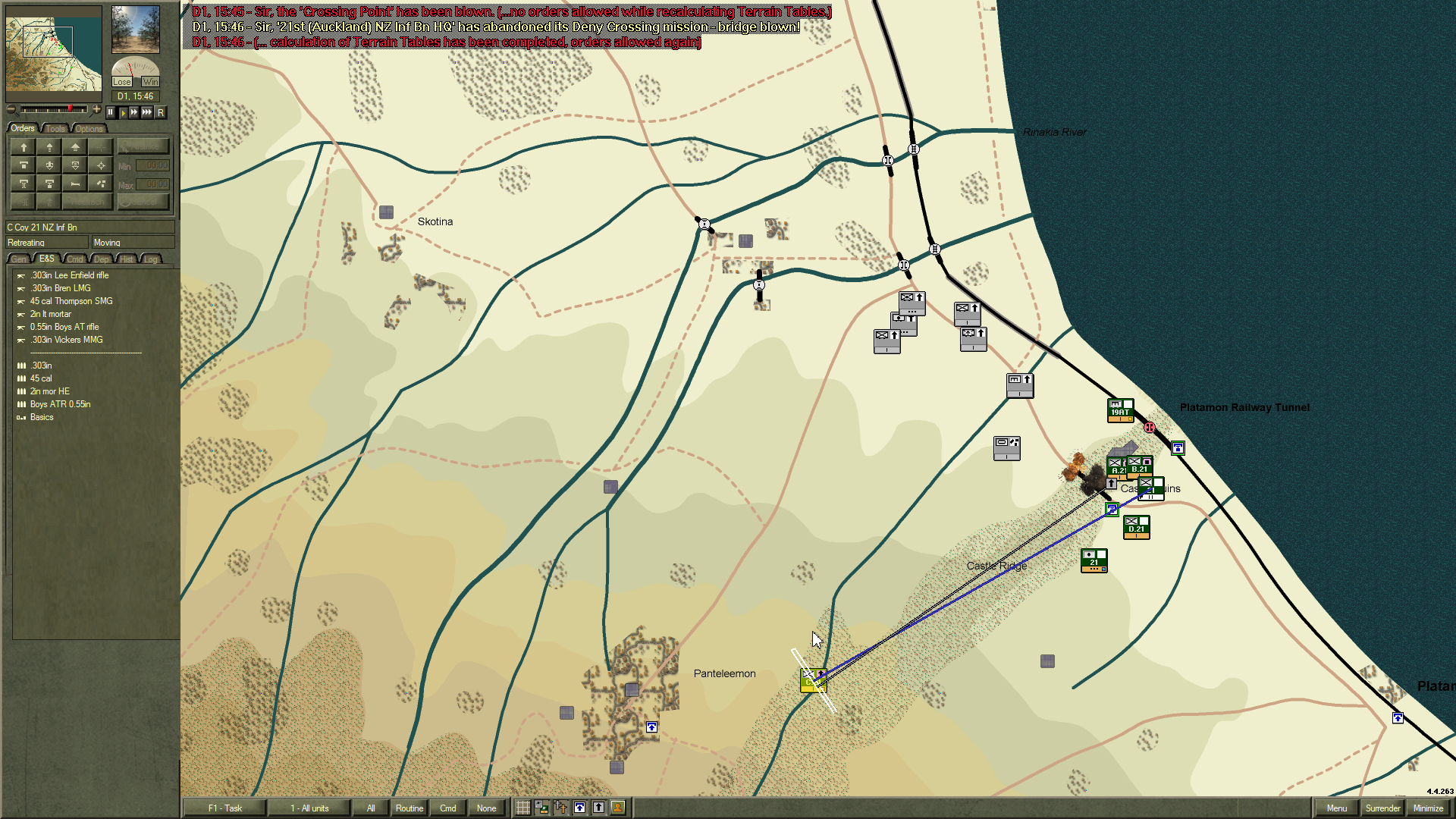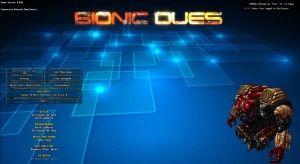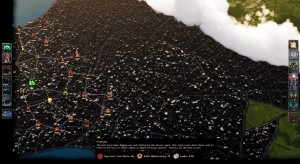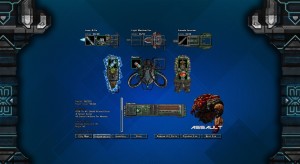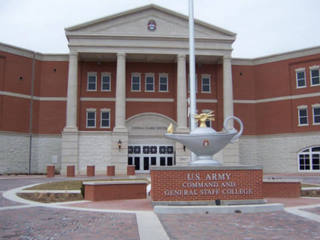Monthly Archives: October 2013
GARPA 29 – GrogHeads Advanced Research on Projects Advisory
By Lloyd Sabin, Brant Guillory, Dan Pinkham, and Jim Zabek
October 11, 2013
The days are really starting to get shorter now. For gamers, that means fewer issues with sunlight reflecting off their monitors and maybe getting the kids to bed a little earlier to get some gaming going. As usual we have some great ideas to make that heavy wallet you’re lugging around a little less cumbersome.
Card Games
Oracle – Mystifying Playing Cards by Chris Ovdiyenko
$9,970 pledged of $20,000 goal, funding ends Friday, November 8
 Is there anything more appropriate to this time of year than a card deck based on Ouija boards, spirit photography and spiritualism? Probably, but I can’t think of what it is right now.
Is there anything more appropriate to this time of year than a card deck based on Ouija boards, spirit photography and spiritualism? Probably, but I can’t think of what it is right now.
Spiritualism was a movement developed between the 1860s and the 1920s that centered on contacting the dead. Initially practiced by American Civil War widows, it gave people hope during the darkest times of their lives and eventually became popular enough and was taken seriously enough for the wealthy and powerful to practice, including a series of American Presidents and politicians. And luckily for printer Chris Ovdiyenko, spiritualism is loaded with instantly recognizable images, as you can see from these screen shots.
For this card deck, the suits will be the big differentiator. Each suit will be unique, with its own theme, whether it is a séance, automatic writing, or ectoplasm. The designs are created by Chris, who etches them onto wood plates with a laser and then applied to “museum quality artist paper.”
It’s a simple but quite interesting project, which is more appropriately shown with images than words. If you’re into the subtly creepy like me (after all, I work here), I think you will appreciate this Oracle card deck. The art is intricate, a bit disturbing and tells many good stories. And while playing cards, a good story can be even more valuable than a good hand. Oracle’s Kickstarter page can be found here.
Miniatures
Reaper Miniatures Bones II: The Return Of Mr Bones!
$1,613,460 pledged of $30,000 goal, funding ends Saturday, October 26
 Once or twice each year it seems like a game (or game-related concept) appears on Kickstarter and the internet goes supernova. Last year Reaper Miniatures had that happen to them. They served up a project, asked for a modest $30,000 or $40,000 (I forget exactly) and ended up with gamers literally throwing money at them. When it was all said and done they had well over a million bucks raised and their biggest problem was trying to figure out which building was large enough to hold their inventory until they got it distributed.
Once or twice each year it seems like a game (or game-related concept) appears on Kickstarter and the internet goes supernova. Last year Reaper Miniatures had that happen to them. They served up a project, asked for a modest $30,000 or $40,000 (I forget exactly) and ended up with gamers literally throwing money at them. When it was all said and done they had well over a million bucks raised and their biggest problem was trying to figure out which building was large enough to hold their inventory until they got it distributed.
Well, lighting has struck twice.
Asking for a modest $30,000, gamers have responded with $1.6 million in pledges and the folks at Reaper are probably starting to consider wallpapering their offices in twenty dollar bills. Kickstarter-ish projects don’t always have a fairytale ending, but if past success is any indication of future results both Reaper and its gamer fan base have some crazy stuff to look forward to. And they lived happily ever after. Until next year, when Reaper will probably do it again. Reaper’s Kickstarter page can be found over here.
Mars Attacks – The Miniatures Game
$250,477 pledged of $50,000 goal, funding ending Saturday, November 10
 The day before Halloween in 1938 Orson Wells made his famous broadcast that set half of the US East Coast running for the hills. What better time to celebrate a Martian invasion than over the Halloween holiday time? Mars Attacks appears to be (emphasis on “appears” – we have not investigated the issue in any depth) the legitimate representation in game form of the cult-classic movie of the same name.
The day before Halloween in 1938 Orson Wells made his famous broadcast that set half of the US East Coast running for the hills. What better time to celebrate a Martian invasion than over the Halloween holiday time? Mars Attacks appears to be (emphasis on “appears” – we have not investigated the issue in any depth) the legitimate representation in game form of the cult-classic movie of the same name.
And, similar to the Reaper Miniatures project above, it has already hit its funding goals and is merrily knocking off stretch goals as gamers toss money their way.
As with most miniature games the figures and scenery are supplied unpainted, but hey, we’re talking about a Martian invasion here. Let your imaginations run free! Unlocked bonuses seem to run the gamut, from additional earthling soldiers to flying saucers to flaming cattle (steak on the hoof for real!).
The designers behind Mars Attacks, Mantic Games, are not newcomers to miniatures gaming. I’ve not played any of their games, but I have seen them in a store and was intrigued. Mars Attacks might be the game to put them on the map and cause gamers to take a second look at all their offerings. In any case, with funding levels already achieved it looks like Mars is indeed going to invade the Earth, and if that sounds like a good time head on over to their Kickstarter page for a closer look.
Flashpoint Campaigns: Red Storm – AAR Part 1 of 5
Author: Al Sandrik
Scenario: 11 Bravo
Introduction: My name is Al Sandrik and I have been a Beta Play Tester for Flashpoint Campaigns: Red Storm (FPC:RS) since late June. So with a few months of game play experience under my belt I was asked if I would be interested in preparing an After Action Report for one of the scenarios, an opportunity I jumped at. Before I go into the actual scenario, please let me make a few comments about the game. My experience has been this is a very easy game to get into but one with lots of detail under the hood. I can honestly say I find something new to appreciate and learn with every test run, and I’m sure I will again as I play out this scenario. We’re going to spend a bit of time with the planning and set up to help you get a feel for the detail included in the game engine. One other quick point, while the game is turn-based, I wouldn’t call it an I Go-You-Go game but rather one where you assign orders to your subordinate’s and they carry them out during a simultaneous execution phase (WEGO). This is an important point as frequently units don’t move as quickly as you would like and orders aren’t followed as the situation evolves, just like a real world commander experiences!
Scenario: The Scenario I chose is the 11 Bravo scenario primarily because it has a little bit of everything the game has to offer, river crossings, obstacles, free units, fixed units, air strikes, choke points, helicopter units and so much more. The general situation is one where we are in the second day of a Warsaw Pact assault into West Germany. After the 8th Guards Army had broken through at Fulda, Soviet Frontal Aviation units attacked American reinforcements headed into the area with chemical weapons. This caused horrific civilian causalities and delayed the armored units heading in to stem the surging Red tide. How could the Americans buy the reinforcing units time? What resources were available to throw into the breach? It was time to call for the 11 Bravo’s! 11B was the MOS code for combat engineers and those engineers would earn their combat pay. The 23rd Engineer Battalion Combat was at Hanau, and was tasked to build enough defenses to give the thin line of mechanized infantry a fighting chance before the 79th Guards Tank Division hit their positions.
Game Options: So after choosing the Scenario to play it is time to choose game options.
This is an opt out type of menu so all of the boxes start out checked and you have to remove the checks from the options you don’t want in effect. You can see I have unchecked “Visible Enemy Units” (a Fog of War option), “Limited Staff Rule” and “Allow Browsing of Spotted Enemy Units” (also a Fog of War option). So I suspect the two Fog of War options are pretty much self-explanatory, but what is this “Limited Staff Rule?” Quite frankly, this rule has a profound effect on the play of the game. Basically, if that box is checked and the Limited Staff Rule is turned off (NOT in effect) the player will be able to assign orders to all units under their command. Conversely, if the rule is in effect (box unchecked) then the player will only be able to give orders to a limited number of units before electronic jamming and radio communication limitations put a halt to the orders phase. The basic point here is with the Limited Staff Rule you really need to consider what your highest priorities are during a turn and assign those orders first. This will be important as we play the scenario. A quick side note is when I first start playing with the Limited Staff Rule in effect I thought I was going to hate it, as I am a “Type A” personality and a control freak, but honestly after playing it for just a bit I wouldn’t want to play without it!
Set Up Window: So now that I’ve chosen my options and hit the “Proceed” button I am now taken to the Set Up Window. This is where you have the opportunity to deploy units if not “Fixed” by the scenario designer.
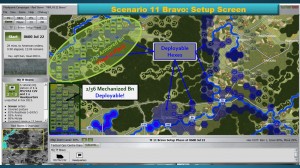
One way you can tell if you are in the “Setup Phase” is the light blue (or light red) shaded hexes indicating places where you may deploy your units.
So as I review my units I can see that one Battalion, the 2-36 Mechanized Infantry Battalion, is actually free and I may (actually must) redeploy those units into the blue shaded hexes. The other battalion in the north, the 2-32nd Armored Battalion, has been fixed by the scenario designer and I will have to take that into account as I develop my strategy and deployment plan. Also note the 11 Bravos (Engineers) have done their job with the obstacles, minefields, and fortified hexes already deployed by the scenario designer. Currently only limited engineering functions (bridging/bridge demolition) are carried out by line units during game play and in the case of scatterable mines, by artillery. This also will be a part of our evaluation and strategy.
So now we need to look at the terrain we will be fighting over. I just don’t do this in the game engine/maps but like to use online Google Maps as well! First lets look at the map in general:
Tuesday Screenshot – Command Ops: Battles for Greece
Today is not a good day to be defending the Portas and Olympus Passes against the Germans. My unit, the 21st New Zealand Infantry Battalion, has been tasked with defending two tunnels. These tunnels leads directly to the Tempe Gorge. If the Jerries make it there they will succeed in cutting off the Allied withdrawal! We cannot allow that to happen. Intelligence reported that our sector would be quiet, thus leaving us with no dedicated anti-armor units. As usually, military intelligence proved it was not, and we now face a company of Panzer IIs and IIIs without much hope of stopping them.
As the Jerries push forward it became clear we needed to blow at least one of the tunnels. Chances are the other will need to be blown, too. There are still several hours before dark. This is going to be a tough fight.
Bionic Dues – PC Game Preview
Developer & Publisher: Arcen Games
The fact that Arcen Games is so efficient and fast at churning out new games suggests that they might have access to a maniacal AI robot army. But many gamers agree that the chance for that AI army to go rogue and dominate mankind is worth being able to plays games such as the excellent AI Wars series, A Valley without Wind I and II, Shattered Haven, Tidalis, and Skyward Collapse. Now Arcen Games is poised to make a new release tomorrow, October 8 – a Roguelike, turned-based, strategy and RPG game called Bionic Dues. Set in a universe similar to AI Wars, the player is tasked with leading a party of four customizable mechs against a nearly unending mob of nefarious robots.
But Roguelikes are a bit hard to pin down, and I could spend paragraphs describing all of the nuances and options available at the player’s fingers (and there seems to be many, particularly considering the loot system that evokes Diablo ARPG-style loot modifiers and collection). Instead, why not simply SHOW you what the game is like!
So join me on a pictorial AAR as I direct steel melting laser directly into the heart of the AI swarm!
Upon loading up the game, you are greeted with an attractive cityscape. To the left side, the player’s HQ health, player representation, four-bot squad, and store button are show, all displaying extensive and highly descriptive tool-tips at the mere hover of the mouse. To the right is the list of the AI swarm that is inexorably making its way towards my HQ. I have 50 turns (at them point, actually only 46, I’ve done a few missions) to strengthen my forces and weaken theirs before the final battle.
The city scape is also where you choose your missions. Here I am choosing to take on an AI firefight, but I could tear down some barricades impeding my path, strike at an AI-claimed factory, or rescue a capture dignitary.
Before entering the mission, I should probably look at my bots to customize their inventories.
Interview with Dr James Sterrett, US Army Command and General Staff College
Dr Sterrett is the Deputy Director of the US Army Command and General Staff College’s Digital Leader Development Center’s Simulations & Exercises Division. Yes, that’s a loooooooong title. The short version is: he uses wargames for training, and gets paid for it. He’s also an avid hobby wargamer, and has spent about 7 years struggling to come to grips with the differences between “games” and “simulations” (pretty much since I introduced him to “Brant’s Theory of the Differences Between Games and Simulations”). In spite of this, he agreed to have a chat with us about his role at Ft Leavenworth.
Interview by Brant Guillory, 5 October 2013
Can you please give us an overview of the Digital Leader Development Center’s Simulations & Exercises Division, and what role they fill at the Command and General Staff College (CGSC)?
The Digital Leader Development Center (DLDC) supports CGSC’s exercises. DLDC has three major functions: providing and supporting Army and Joint mission command systems; providing and supporting simulations and exercise planning; and providing an exercise network for the simulations and the command systems.
Thus, Simulations & Exercises Division’s foremost job is exactly what it says on the label: put on the exercises the instructors want: selecting the best simulation for the job, ensuring it is ready to deploy into classrooms, preparing support materials, building scenarios, training student and faculty operators, and providing technical support. In addition, we teach the electives on training with simulations, exercise design, and exercise management; and we conduct R&D to find new simulations to meet the faculty’s needs. Sometimes we build them; we’ve got a very simple board game in testing at the moment, intended to help with classes in planning.
What sort of wargaming backgrounds do your team bring to the table, and how does that help them with their day-to-day jobs?
We’re all gamers. The Euler diagram of the overlap of our gaming hobby interests is pretty complex, and there are very few places where all of us overlap – but there are two keys ones. First, each of us brings some passion for the use of simulations in training and education. Second, all of us enjoy putting on games for other people: things such as building scenarios, designing and testing systems, or creating support materials – exactly the kinds of work we need done.
What’s a “week in the life” of preparing for a big wargaming event (say, a warfighter exercise) look like on the DLDC team? What about a “day in the life” of the actual exercise?
We don’t run anything as big as a warfighter; our biggest exercises are the division exercises. One of these is run for every section of 64 students, and they are run in two big batches: typically 5 or 6 in September, and 16-18 in February. The students use their own classrooms for the exercise. We teach 1 or 2 students from each section to be the technical lead for their section’s exercise. Those students then teach their fellow students how to operate the simulation – in this case, Decisive Action – and are the leads of the Tech Cell during the exercise, while we in Simulations are the on-call tech support.
One of the two Tech Cell students is usually an FA57 officer; Functional Area 57 is Simulation Operations, and one of their primary jobs in the Army is running exercises. Being the Tech Lead is a good experience for them and an opportunity to demonstrate to their peers what it is FA57s do. We usually call the non-FA57s “Temporary FA57s” for the exercise and thus refer to the whole group as FA57s, even though some of them are actually in other branches.


